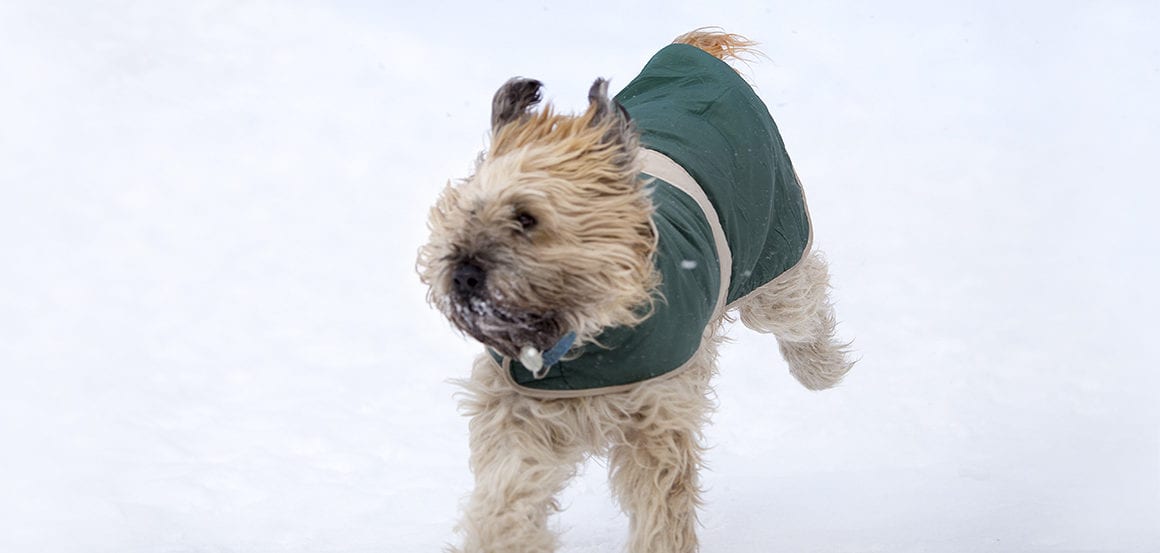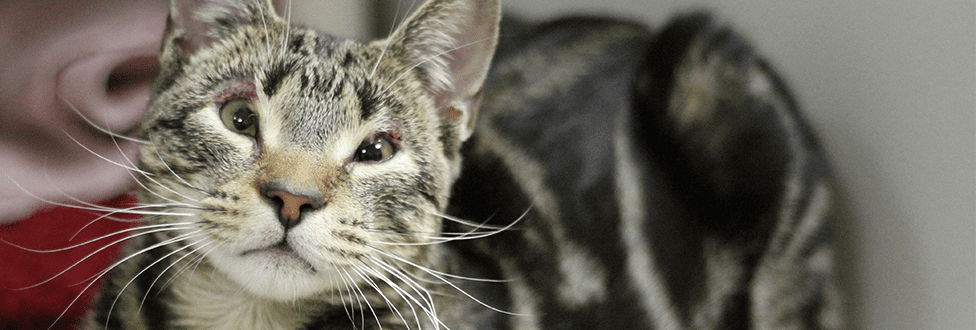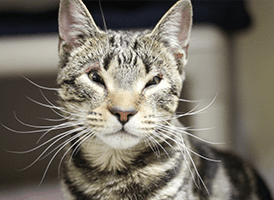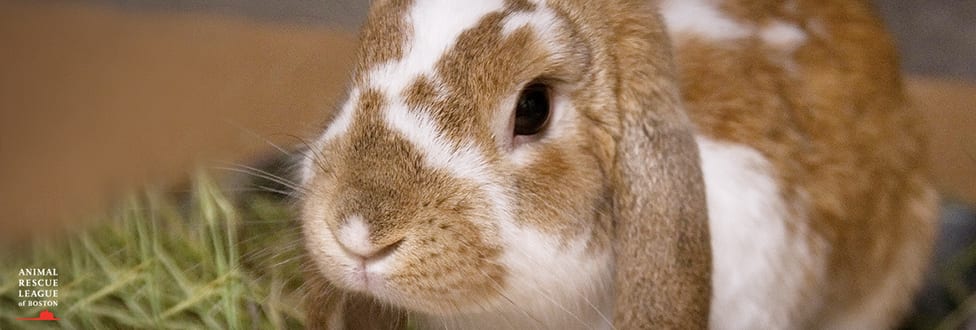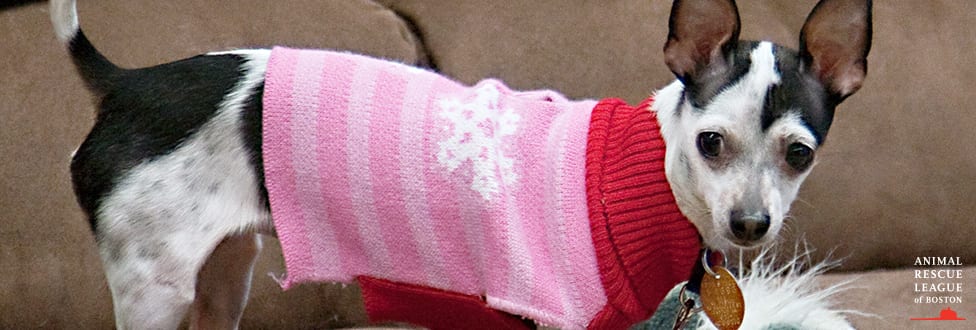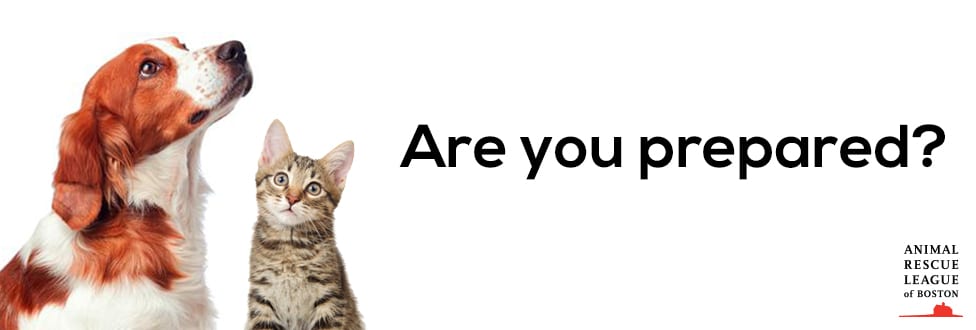ARL Launches “Healthy Animals–Healthy Communities” Initiative
Signs first partnership agreement with Codman Square Academy Public School
We are incredibly grateful to the Cummings Foundation for selecting the ARL as a recipient of their “$100K for 100”grant! This grant affords ARL with the resources to launch an exciting multi-year partnership with the Dorchester, MA community to improve the health of the animals and the people who live within it.
The Animal Rescue League of Boston (ARL) is pleased to formally launch the “Healthy Animals— Healthy Communities” initiative and announce its first partnership project with The Codman Academy Charter Public School (CSAPS).
The Health Animals–Healthy Communities initiative, focused on the Codman Square Dorchester community, has three components:
- Create partnerships with community-based organizations to understand and support the link between the health of animals and people;
- Identify the need for community-based animal care services, and,
- Offer community-based education in topics such as, responsible animal ownership, animal care, and civic action (reporting incidents of animal abuse or neglect).
“The Animal Rescue League of Boston is thrilled to announce this initiative and the important partnership with Codman Square Academy,” said Mary Nee, ARL President and Dorchester resident. “The Healthy Animals, Healthy Communities initiative will connect the work of ARL for animals with strong Codman Square community institutions for the benefit of animals and people.”
By establishing key partnerships with education and human service institutions in the Codman Square, the goal of the Health Animals–Healthy Communities is to establish a connections between human and animal services that benefits the community and integrates animal needs into the work of local agencies.

ARL and Codman Academy staff mark the partnership agreement between the two organizations. From L to R: Cheryl Traversi, ARL Associate Director of Community Services; Greg Carlson, CACPS Director of Instruction and Academic Enrichment; Thabiti Brown, CACPS Headmaster; Genya Mazor-Thomas, ARL Community Initiative Coordinator; Mary Nee, ARL President.
Through this partnership with CSAPS, a 10-week course “More than Just Pets: Animals in the Community,” will be offered at the school throughout the winter/spring of 2017. During this enrichment class, students will explore the depths of the human-animal bond and why companion animals play such a vital role in our overall mental, social, and physical wellness. Students will also interact with a variety of animals, and study animal behavior, welfare, and care.
“Animals are a part of our community and the way we interact with animals can be an example of how we treat one another,” said Thabiti Brown, Headmaster for Codman Academy. “We’re teaching students that they can make a difference in building a stronger community by helping an animal or person in need, and that’s a beautiful thing.”
Additionally, “Healthy Animals–Healthy Communities” will broaden its reach within the Codman Square community through “Let’s Talk Pets” public workshops, focusing on basic animal care and contributing to the Dorchester Sports League’s FitKitchen: Pet Edition, in which residents are taught how to prepare healthy meals for their family and their pets. ARL will also be conducting neighborhood surveys to help determine residents’ pet ownership needs. Additional partnerships with Codman Square organizations are being planned to make a greater overall impact.
The “Health Animals–Healthy Communities” initiative was made possible by a grant from the Cummings Foundation. ARL is one of 100 local nonprofits to receive grants of $100,000 through Cummings Foundation’s “$100K for 100” program.
“We admire and very much appreciate the important work that nonprofit organizations like The Animal Rescue League of Boston are doing in the local communities where our colleagues and clients live and work,” said Joel Swets, Cummings Foundation’s executive director. “We are delighted to support their efforts.”









